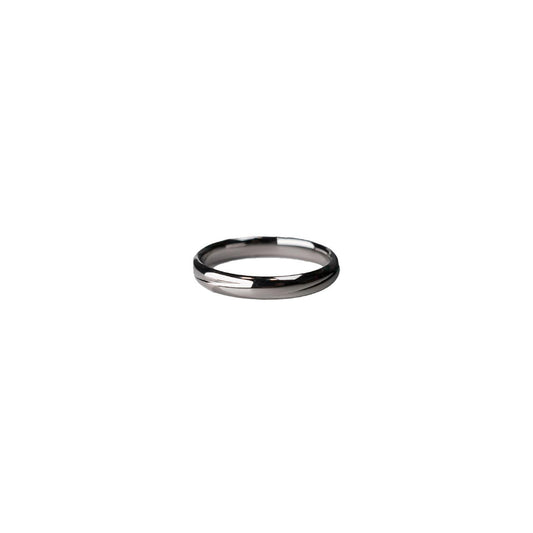Engagement Ring vs Wedding Ring Unraveling the Mystery
Engagement Ring vs Wedding Ring Unraveling the Mystery
Picture this: you’re at a cozy family dinner, the kind where conversation flows as freely as the wine being passed around. Two cousins are animatedly discussing wedding plans, and you overhear a question that somewhat blindsides you: “Wait, isn’t an engagement ring the same as a wedding ring?” You smile, knowing this isn’t an uncommon mix-up. Indeed, these rings are as different as a warm hug from a spirited handshake—each carries its own significance, material embodiment, and cultural nuance.
When my brother proposed to his longtime girlfriend, Anna, it was a splendid affair that made us all a little teary-eyed. I distinctly remember the sparkle of the engagement ring, a solitaire diamond set on a platinum band. Its gleam seemed to echo the promise of things to come, the start of a shared journey. This is what an engagement ring fundamentally represents: the promise of marriage. It's typically given during the proposal, a tangible token that captures the excitement and commitment of this new chapter.
Contrast this with the wedding ring, which is exchanged during the wedding ceremony. I recall Anna slipping a simple gold band onto my brother’s finger, and he onto hers, underlining their vows in a way that felt both ceremonious and deeply personal. Wedding rings, often more understated than their engagement counterparts, symbolize the eternal nature of marriage. Their circular shape, unending and unbroken, echoes the enduring cycle of love and commitment.
It’s fascinating to explore how cultural contexts have shaped the evolution of these rings. In Western cultures, particularly in the last century, engagement rings featuring diamonds have become somewhat emblematic. The rarity and durability of diamonds are often marketed as metaphors for love’s endurance. Meanwhile, wedding rings have tended towards simpler designs, focusing on the symbolism of unity rather than grandeur.
While tradition plays a significant role, modern couples sometimes opt for contemporary twists. My friend Sarah chose a sapphire for her engagement ring, its rich blue hues a tribute to her grandmother’s love for the ocean. Her wedding ring, meanwhile, was a delicate rose gold band, complementing the engagement ring without outshining it. This interweaving of personal stories into the choice of rings is a testament to the evolving nature of love and marriage.
It’s easy to see how these two rings could be mistaken for one another. They both hold layers of meaning and serve as intimate expressions of love and commitment. Yet, their differences lay in the nuances—the timing of when they’re given, their cultural significance, and the personal stories they tell.
In the end, whether you’re drawn to the traditional or something a bit unconventional, remember that these rings should ultimately reflect you and your partner’s journey. After all, each relationship has its own unique sparkle, just like the rings that represent it. Now, if only everything in life could be as straightforward as a little ring on a finger, right?

























